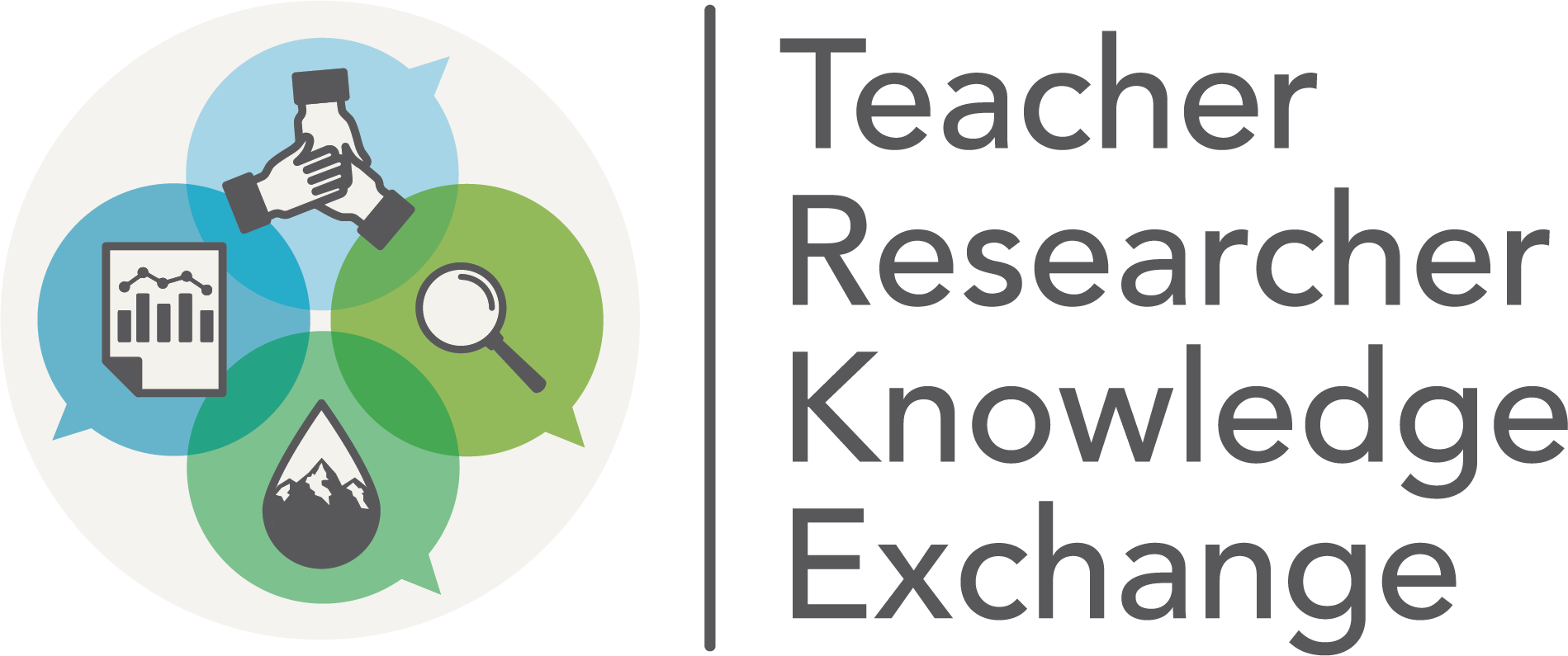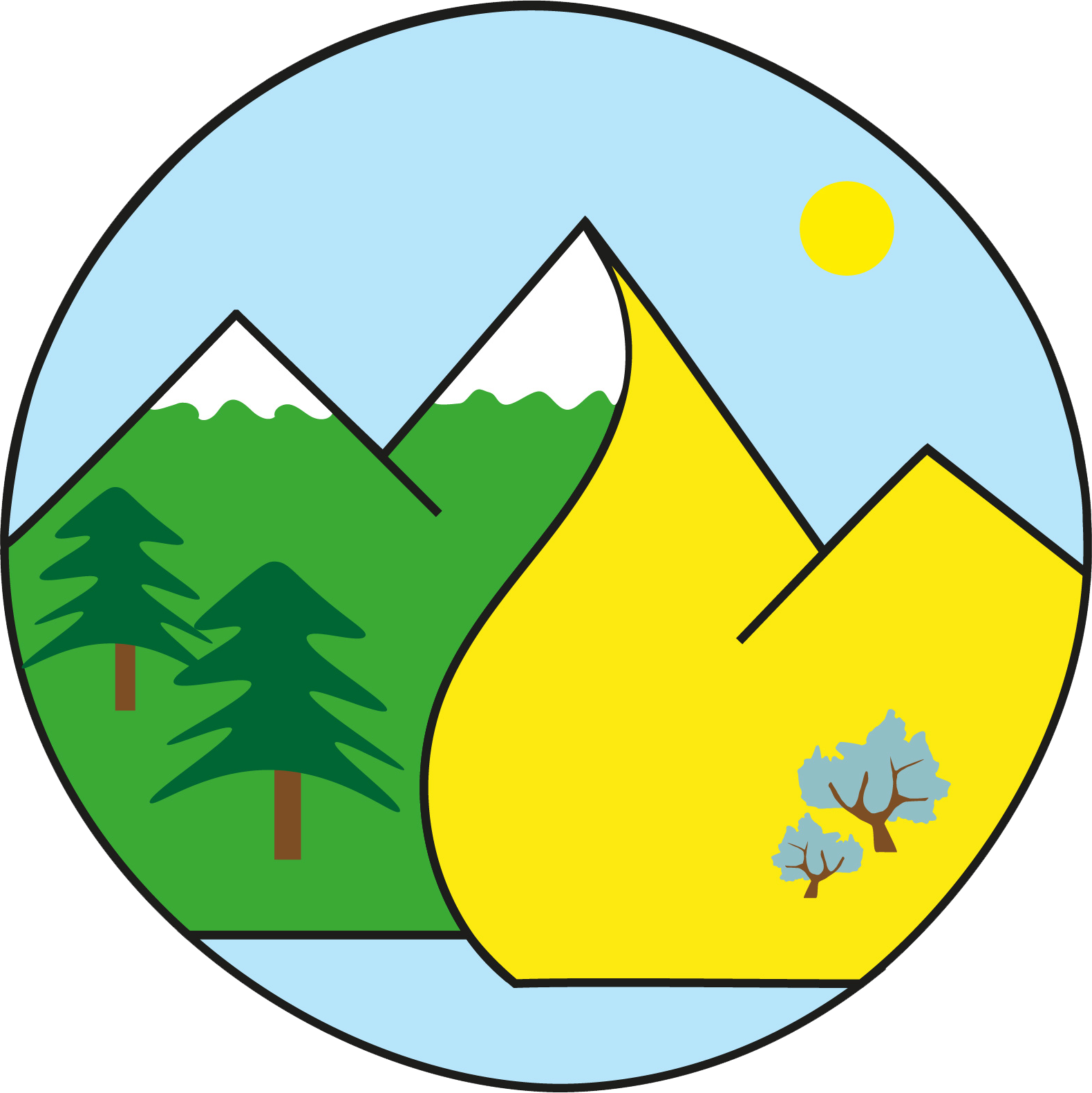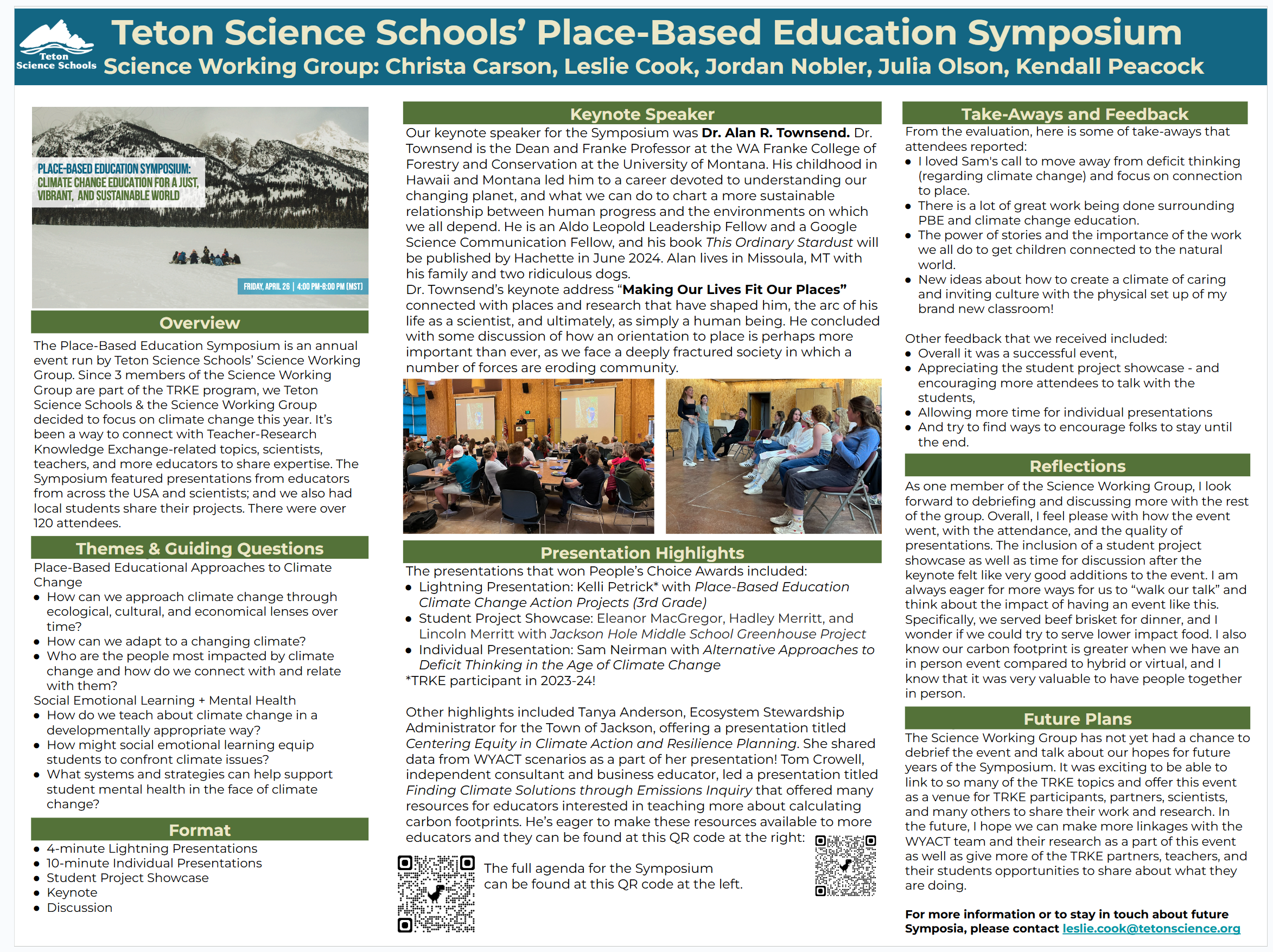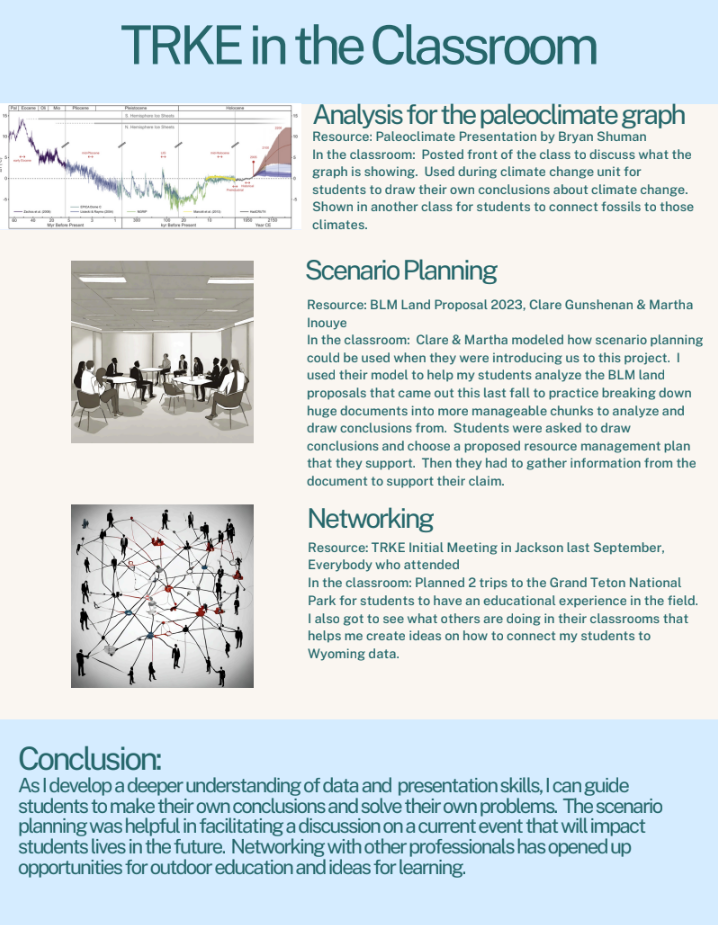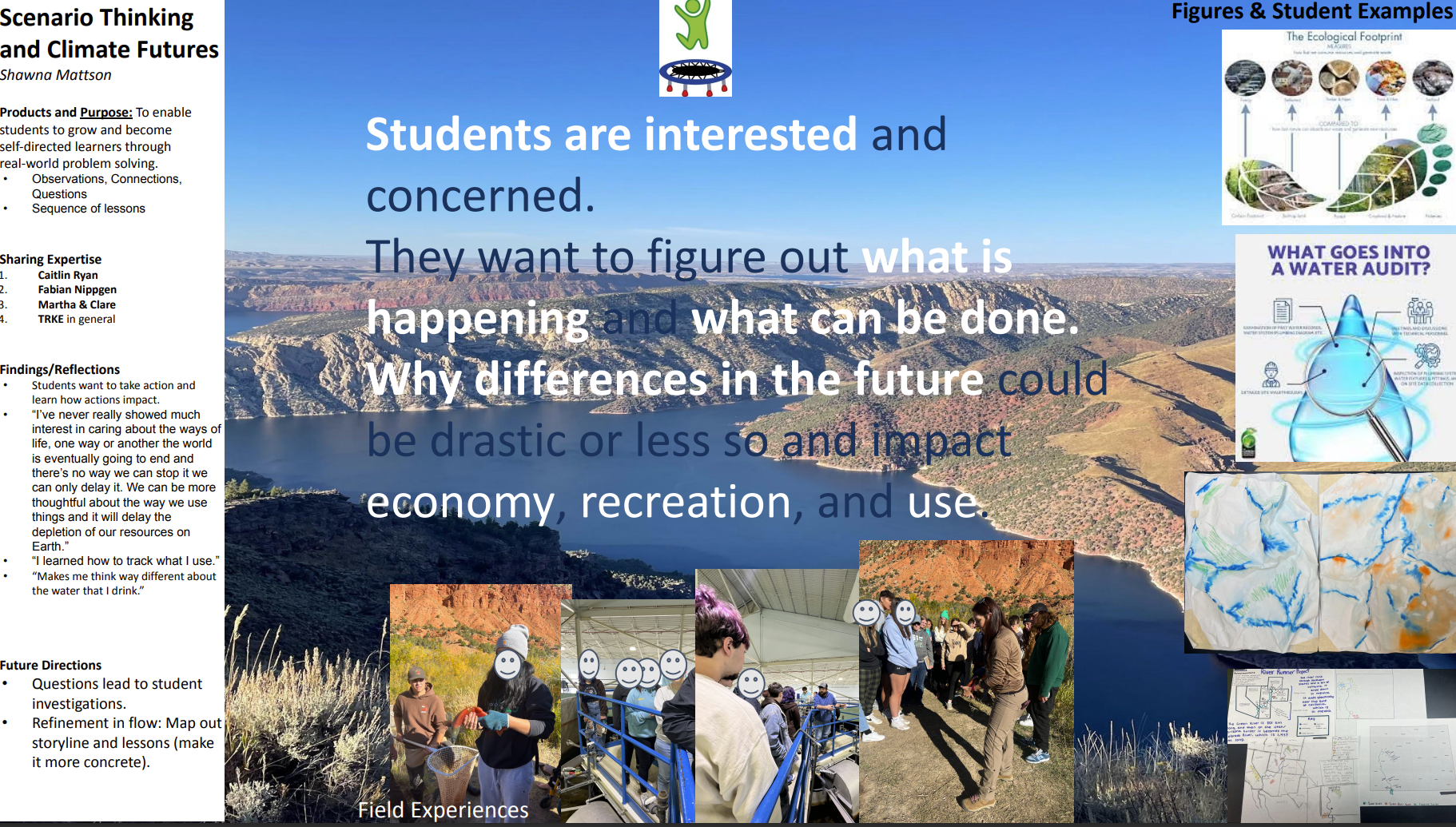The Moment of Uncertainty framework is a vetted and research-based approach for students to explore scientific uncertainty. It was developed through the Investigations Project and grounded in the work of science education scholar Eve Manz. It helps teachers recognize when students express doubt, make those moments visible, and use them to deepen discussion and sensemaking.
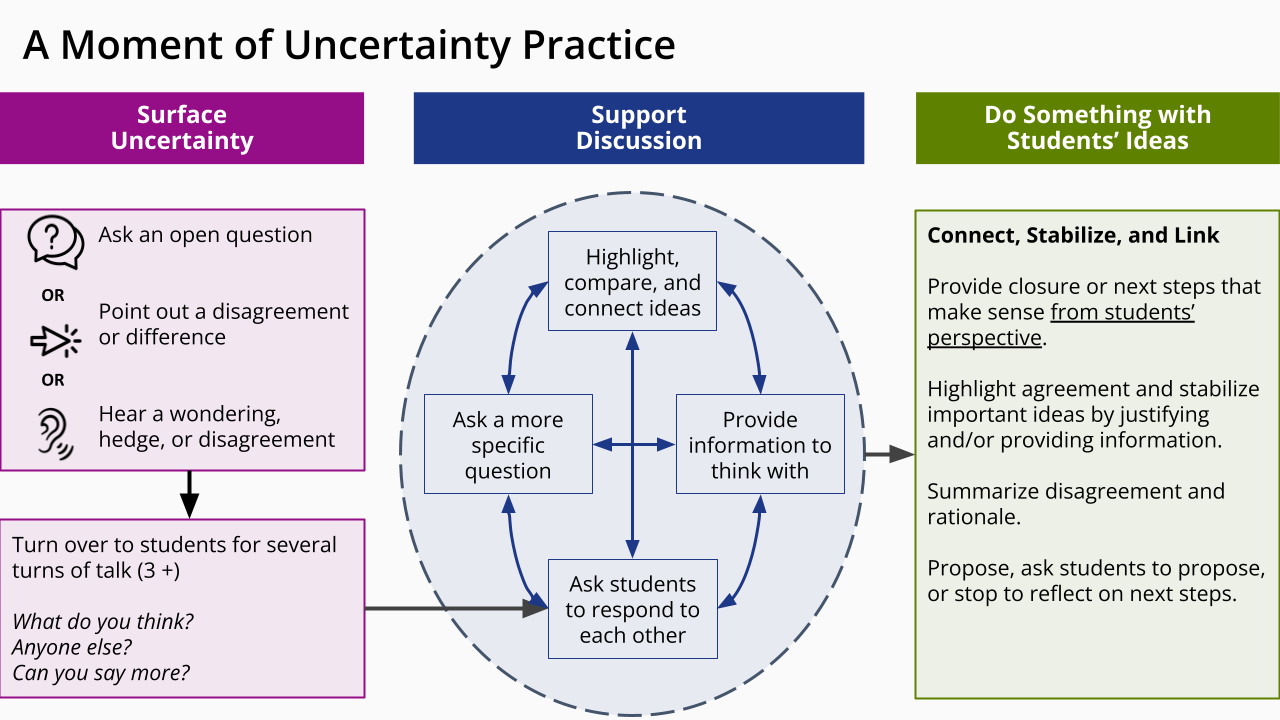
The Moment of Uncertainty Framework
Supporting Students in Navigating Scientific Uncertainty
Tags: UncertaintyInScience AnalyzingAndInterpretingData InTheClassroom InTheField
Posted on September 29, 2025
Problem the Tool Solves
Traditionally, science education has often been portrayed as having clear answers or results. In reality, scientific research is full of unknowns, limitations, and variables beyond our control -- and it is these uncertainties that drive scientists in their research. For students, engaging with the uncertainty present in data, models, and natural phenomena provides opportunities to deepen scientific literacy and practice making informed decisions, even with the presence of uncertainty.
Who the Tool is For
Educators across K-12 and beyond who want to foster authentic scientific thinking. It is especially useful for educators working with data, models, or phenomena where multiple explanations may exist.
Key Features
- A simple three-step framework:
- Surface Uncertainty (invite observations, questions, disagreements)
- Support Discussion (encourage multiple explanations and perspectives)
- Do Something with Students' Ideas (drive further investigation and reflection)
- Example prompts to guide educators through the framework
- Adaptable structure that can fit short check-ins, full lessons, or ongoing projects
How It Works
- Surface Uncertainty: Invite students to share what they notice, wonder, or find surprising. Conflicting ideas, unexpected outcomes, or puzzling results are all welcome.
- Support Discussion: Guide students to consider why differences or doubts might exist. Encourage them to connect evidence, explore assumptions, and weigh different explanations.
- Do Something with Students' Ideas: Use the discussion to launch new investigations, refine claims, reflect, etc.
Application in Classrooms
- Adapt prompts to make discussions accessible for all learners
- Connect to real-world problems students care about
- Plan lessons with intentional "messy moments" where outcomes are not clear-cut
- Support NGSS-Aligned investigations by highlighting how uncertainty is part of science
- To see how to incorporate the Moment of Uncertainty framework into an activity, check out this lesson plan: When the Data Doesn't Match
